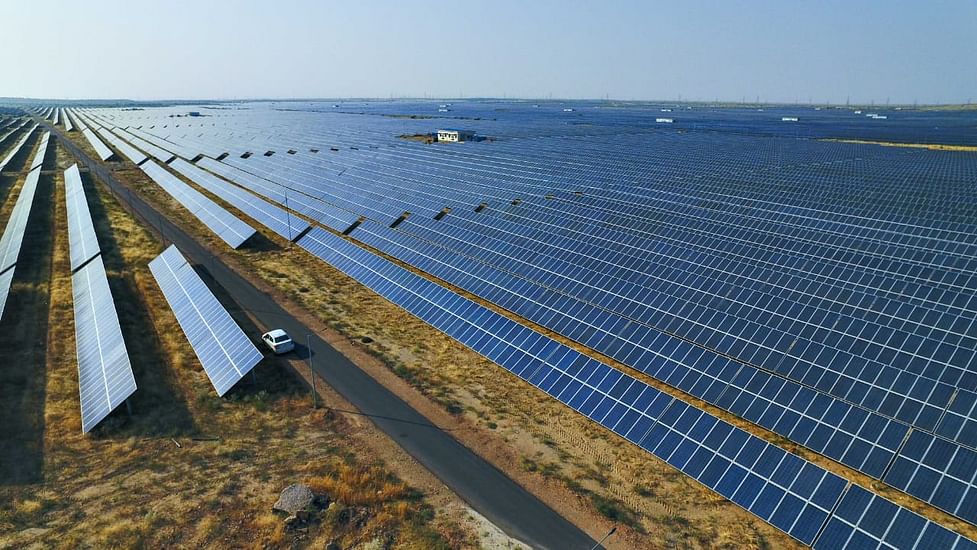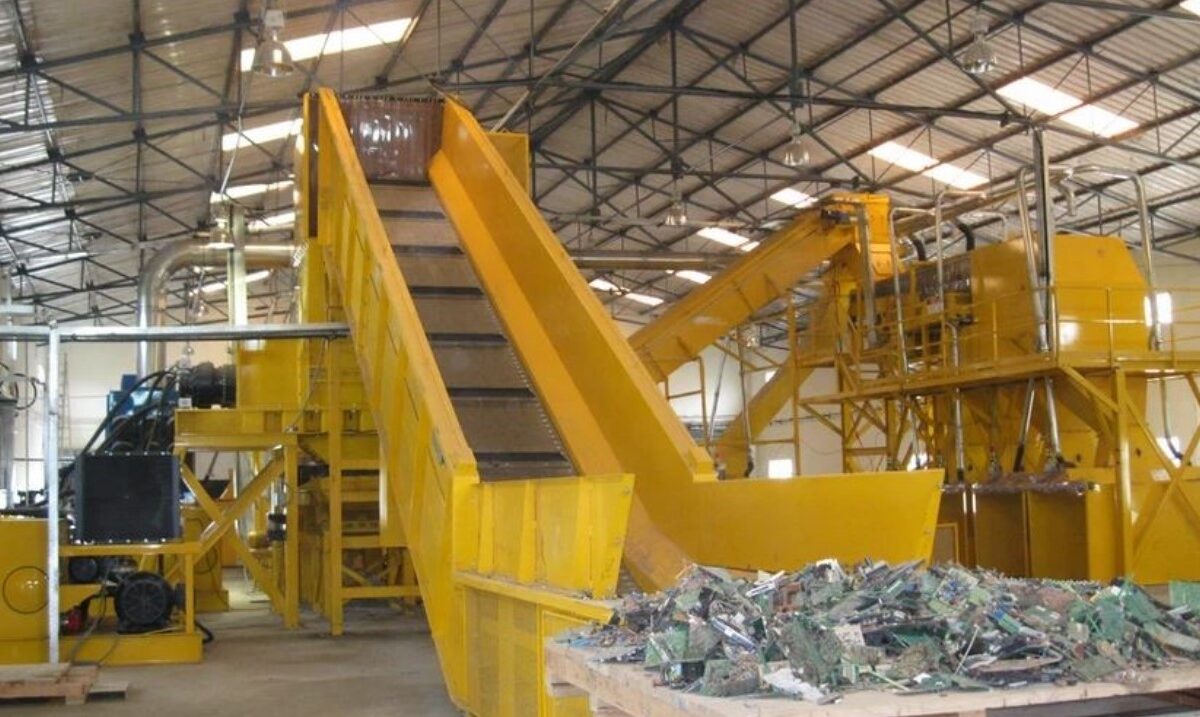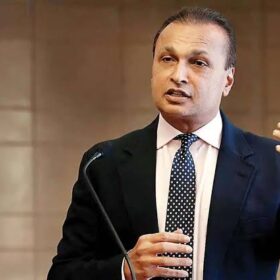After hours of travel, the horizon revealed endless rows of solar panels stretching into the desert, cleaned by robots gliding across the arrays. Transmission towers lined the road were built to connect this vast park to the grid. Visiting Bhadla Solar Park, I witnessed what scale truly looks like on the ground.
In India, a single solar park alone generates more power than Korea’s ten largest solar plants combined. Through the Indian government’s flagship scheme, the Bhadla Solar Park has reached a capacity of 2.2 GW, while in Korea, the largest plants typically range only between 100 MW and 150 MW. For Korea, where restrictive siting regulations based on minimum distance requirements and grid constraints make large-scale projects nearly impossible, the contrast is striking. The message was clear: India has not only set bold solar ambitions but also backed them with practical policies that turn vision into reality.
How India did it
The turning point came in 2014, when the Ministry of New and Renewable Energy (MNRE) launched the scheme “Solar Park and Ultra Mega Solar Power Projects (SPUMSPP)”. The program aimed to create at least 25 solar parks (over 500MW) and ultra mega solar power projects (over 1,000MW), targeting the deployment of a new 20 GW within a span of five years. The government doubled the target capacity to 40 GW by 2029. As of August 2025, the scheme had approved 53 solar parks with a total capacity of approximately 39,323 MW across 13 states. Of these, 18 parks (10,856 MW) were fully developed, and another 3,140 MW of solar projects were operational in 8 parks.
The key was to make projects both predictable and profitable. The state government took charge of land acquisition, road and water infrastructure, and permitting, which allowed developers to focus on installation without procurement and time-delay risks.
The Bhadla Solar Power Projects Developer (SPPD) received 30% of the project cost from Central Financial Assistance (CFA), which boosted profitability and encouraged reinvestment in new projects. This achievement was made possible by the state’s 50% participation in the SPPD as a requirement for CFA, which boosts the state government’s active engagement in renewable energy deployment. According to the developer, the solar parks under the scheme yield a 12~16% Internal Rate of Return, up to twice as high as the rate observed in Korea.
The scheme’s economies of scale spread the fixed capital cost over more megawatts, while the reverse auction drove down the levelized cost of electricity. This combination has attracted strong foreign investment, as large-scale developments offer both stable returns and reduced per-unit risks.
India’s SPUMSPP scheme serves as a siting policy designed to streamline the development of solar projects by reducing the time required to secure suitable land and by creating an environment that facilitates hassle-free construction. At the same time, the scheme provides economic advantages that enhance project profitability, thereby fostering a favorable climate for financial investment. Ultimately, it functions as a key driver accelerating the nationwide deployment of solar power.
How Korea is Doing
Korea, by contrast, has tied itself in regulatory knots. A unique separation distance requirement forces solar PVs to be installed at least 100m to 1km away from any household or road. Each local government interprets the rule differently through its own ordinance, but overall it reduces the potential land for solar deployment by 62.7%. Combined with limited grid capacity and heavy curtailment, this makes large-scale projects like Bhadla inconceivable.
While every developer faces these structural limitations, the separation regulation has remained unsolved for many years, resulting in annual solar deployment of around 3.3 GW on average. It has also kept the solar and wind share of Korea’s energy mix stubbornly low — around 6%, less than half the global average (15%).
Why this matters now
Both India and Korea share similarities in their approach to renewables and industries. India’s booming manufacturing sector requires vast amounts of power, while Korea’s AI ambitions are expected to drive electricity demand upward.
Solar plays a significant role in both economic growth. India has a robust nationalization plan for the renewable energy value chain, particularly in equipment manufacturing, including solar panels. The new Korean government has unveiled an RE100 industrial cluster initiative, seeking to strengthen the competitiveness of domestic manufacturers amid the uncertainty surrounding environmental taxes and trade barriers.
Given both countries’ ambitious renewable targets, solar energy is key to effectively realizing their net-zero goals. India aims to raise its solar capacity up to 319 GW and wind capacity up to 110 GW by 20303. Korea has so far deployed about 30 GW of solar and wind capacity as of 2023, and the government has pledged to scale this up to 100 GW by 2030.
For any government committed to realizing its solar energy mission, ambition must be matched with action. A credible deployment plan begins with siting strategies and policies that are workable on the ground. Removing persistent barriers—whether in land acquisition, cumbersome permitting, or grid connection—creates the certainty investors demand and the efficiency developers need. By ensuring competitive pricing and accessible financing, such integrative policies transform solar from a policy aspiration into a market reality. The payoff is clear: faster deployment, stronger investor confidence, and a decisive step toward a cleaner energy future.
India’s experience shows that scaling renewables is not only about sunlight or land. It is about lowering barriers, aligning incentives, and making projects work for both investors and communities. Korea has technology and ambition. What it needs is the political will to clear the path.
Author: Daun Kim – Policy Analyst, Renewable Permitting Team at Solutions for Our Climate (SFOC)
Daun Kim is a Policy Analyst on the Renewable Permitting Team at Solutions for Our Climate (SFOC). She focuses on streamlining regulatory processes and advancing solar energy deployment in Korea through policy research and analysis. Her work centers on improving permitting frameworks and land-use regulations, developing evidence-based policy recommendations, and facilitating stakeholder engagement to accelerate the clean energy transition for our climate.
The views and opinions expressed in this article are the author’s own, and do not necessarily reflect those held by pv magazine.
This content is protected by copyright and may not be reused. If you want to cooperate with us and would like to reuse some of our content, please contact: editors@pv-magazine.com.








By submitting this form you agree to pv magazine using your data for the purposes of publishing your comment.
Your personal data will only be disclosed or otherwise transmitted to third parties for the purposes of spam filtering or if this is necessary for technical maintenance of the website. Any other transfer to third parties will not take place unless this is justified on the basis of applicable data protection regulations or if pv magazine is legally obliged to do so.
You may revoke this consent at any time with effect for the future, in which case your personal data will be deleted immediately. Otherwise, your data will be deleted if pv magazine has processed your request or the purpose of data storage is fulfilled.
Further information on data privacy can be found in our Data Protection Policy.